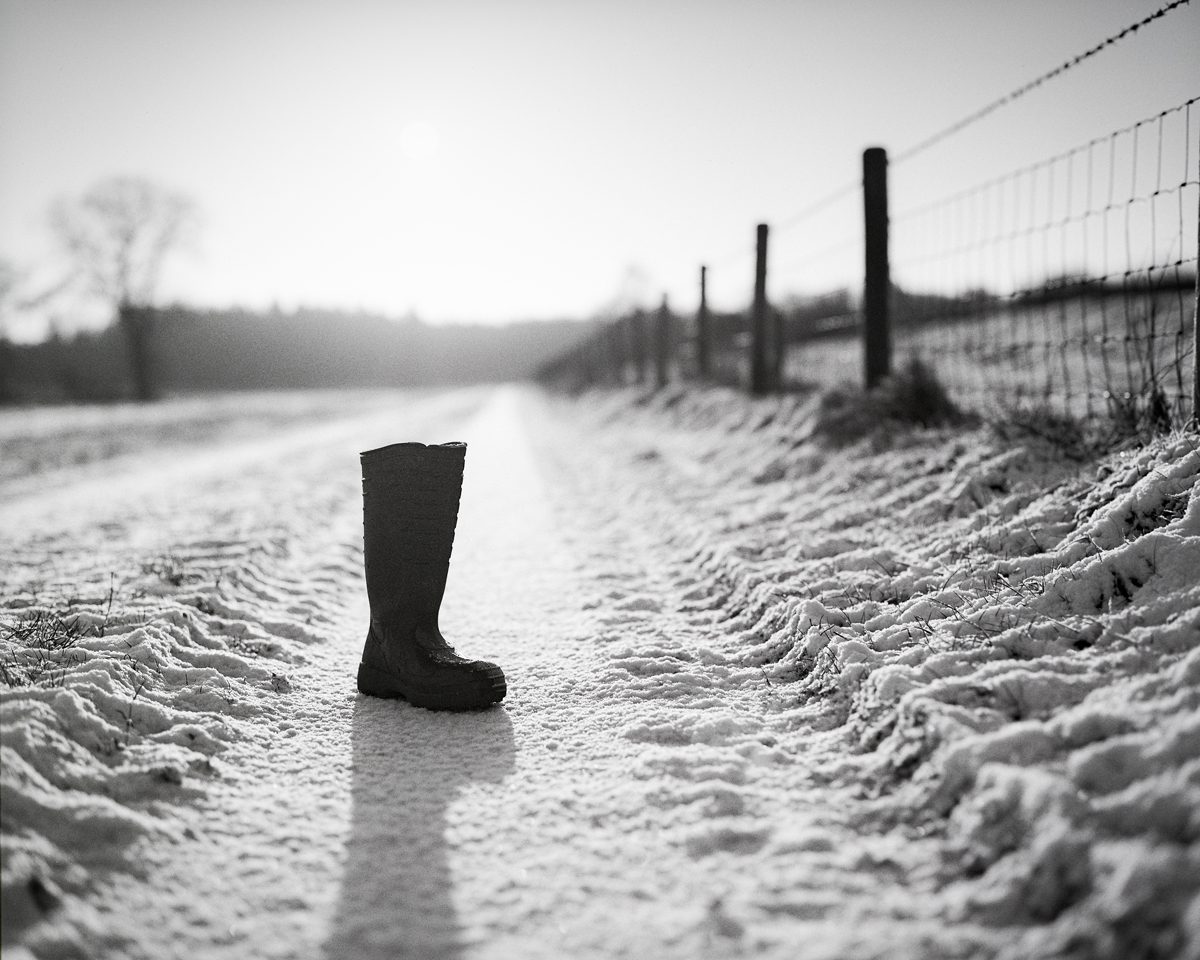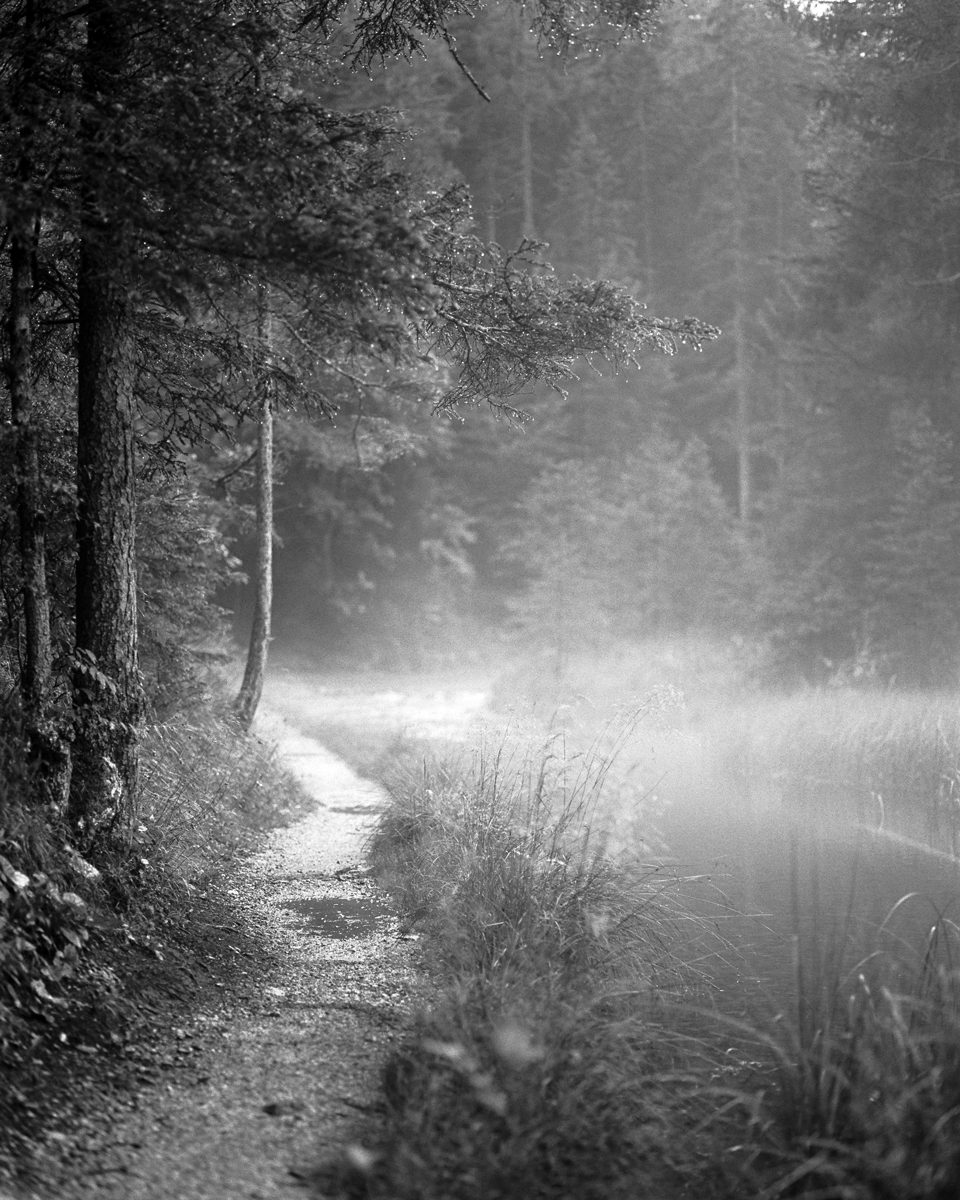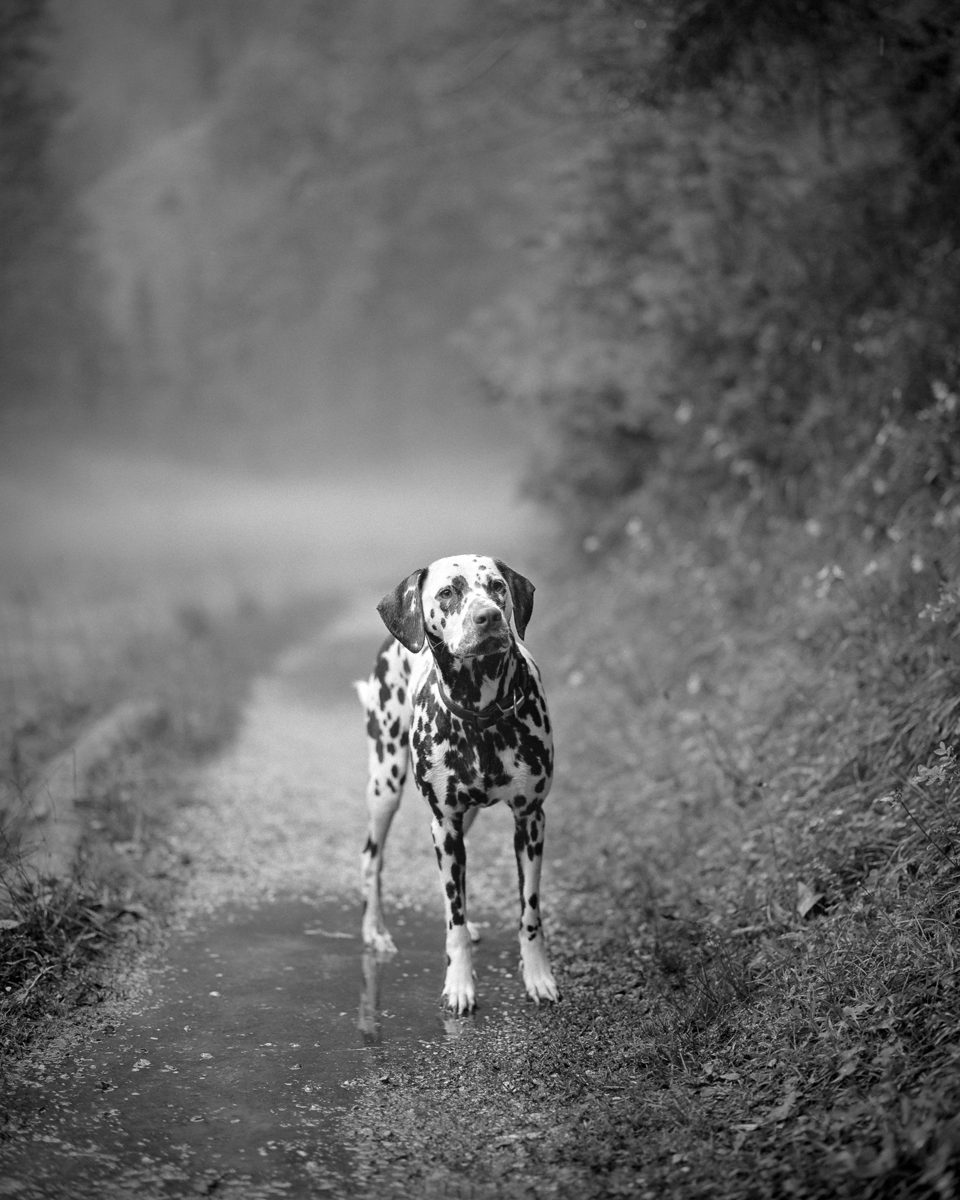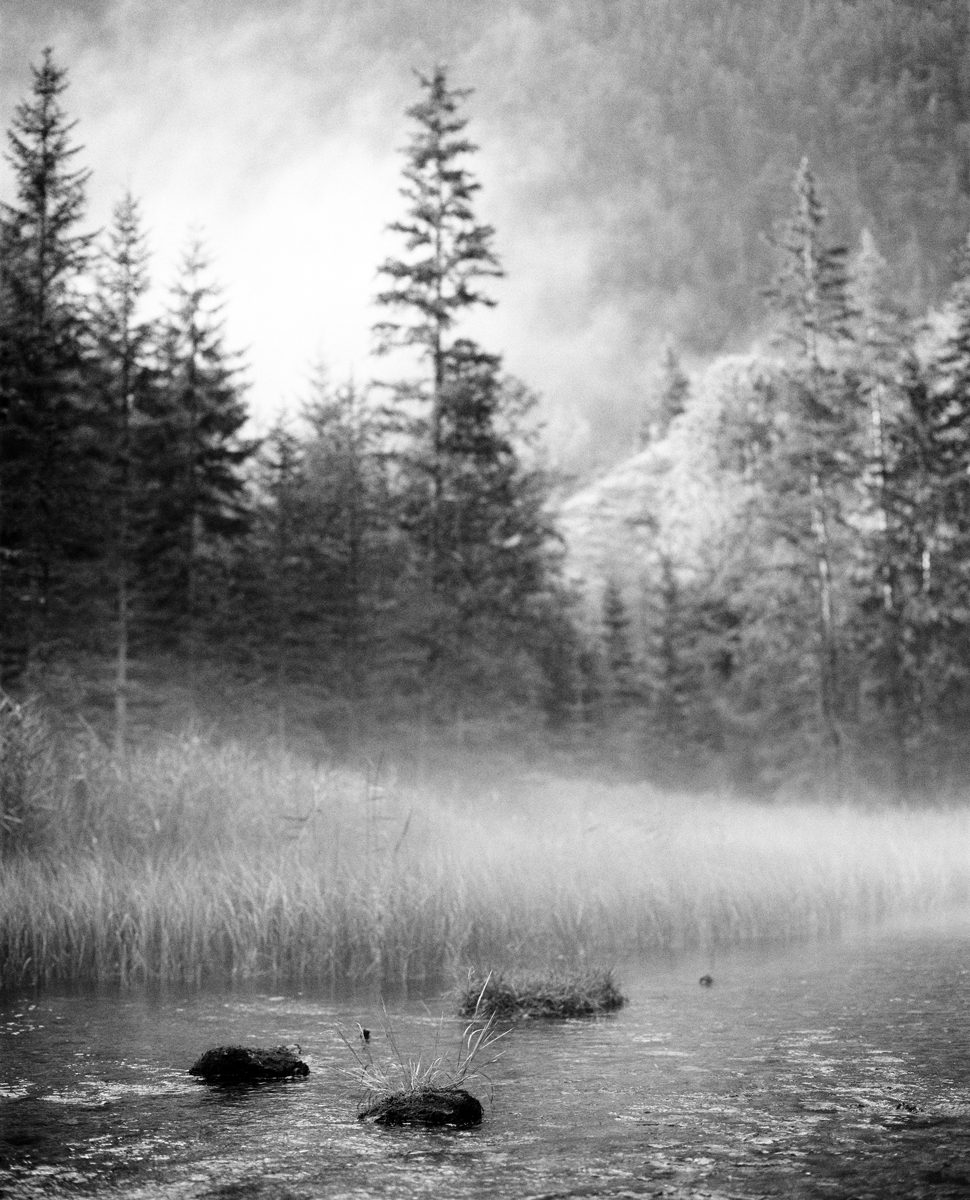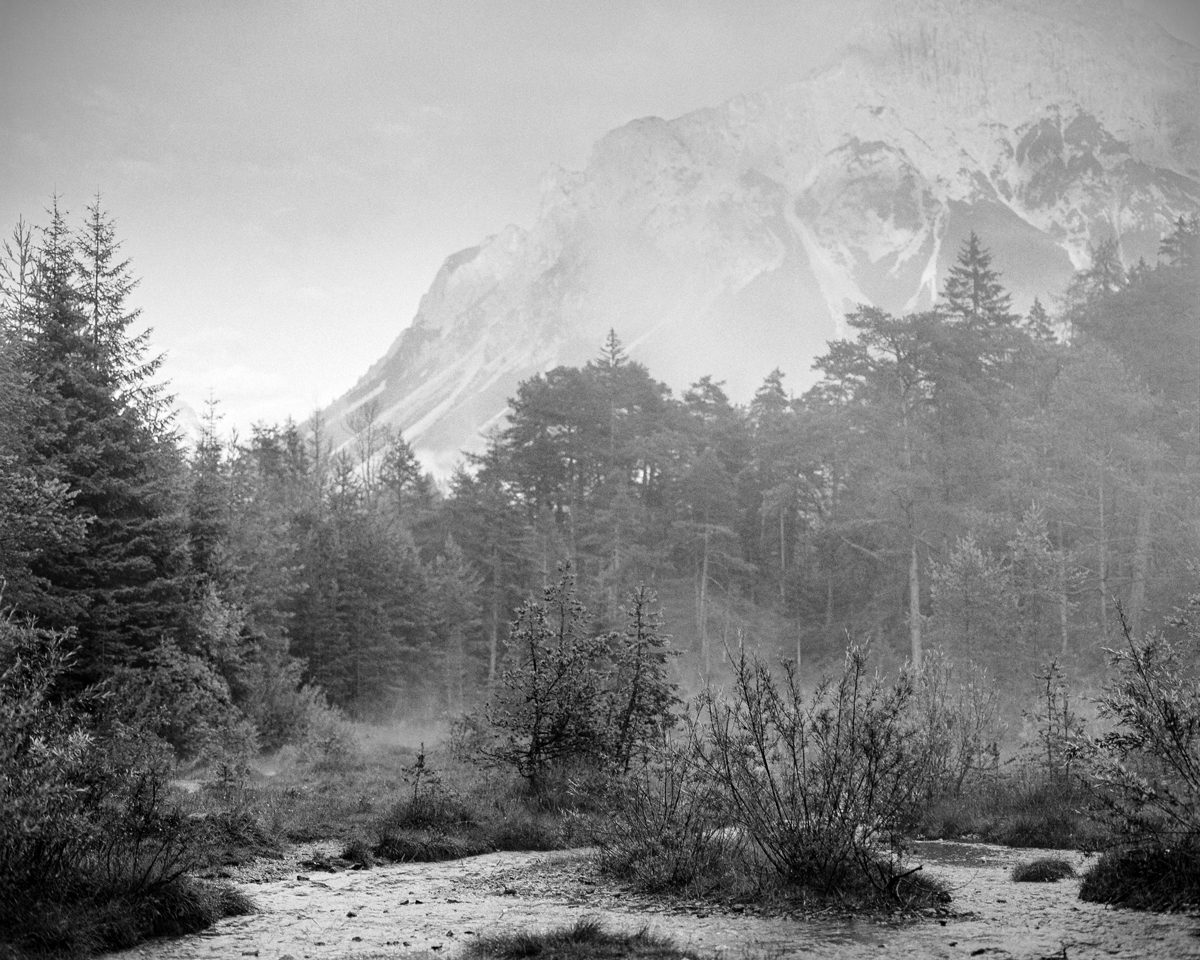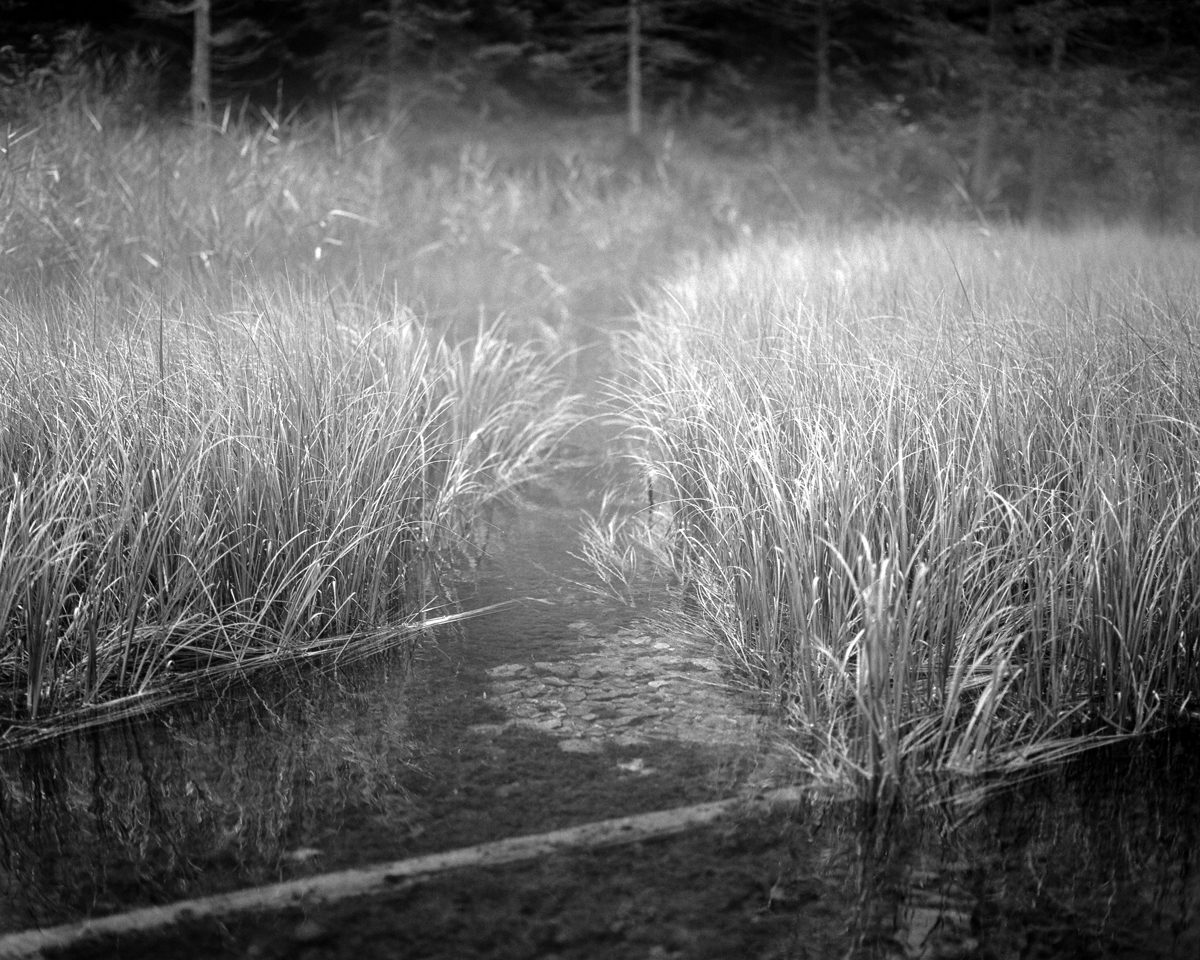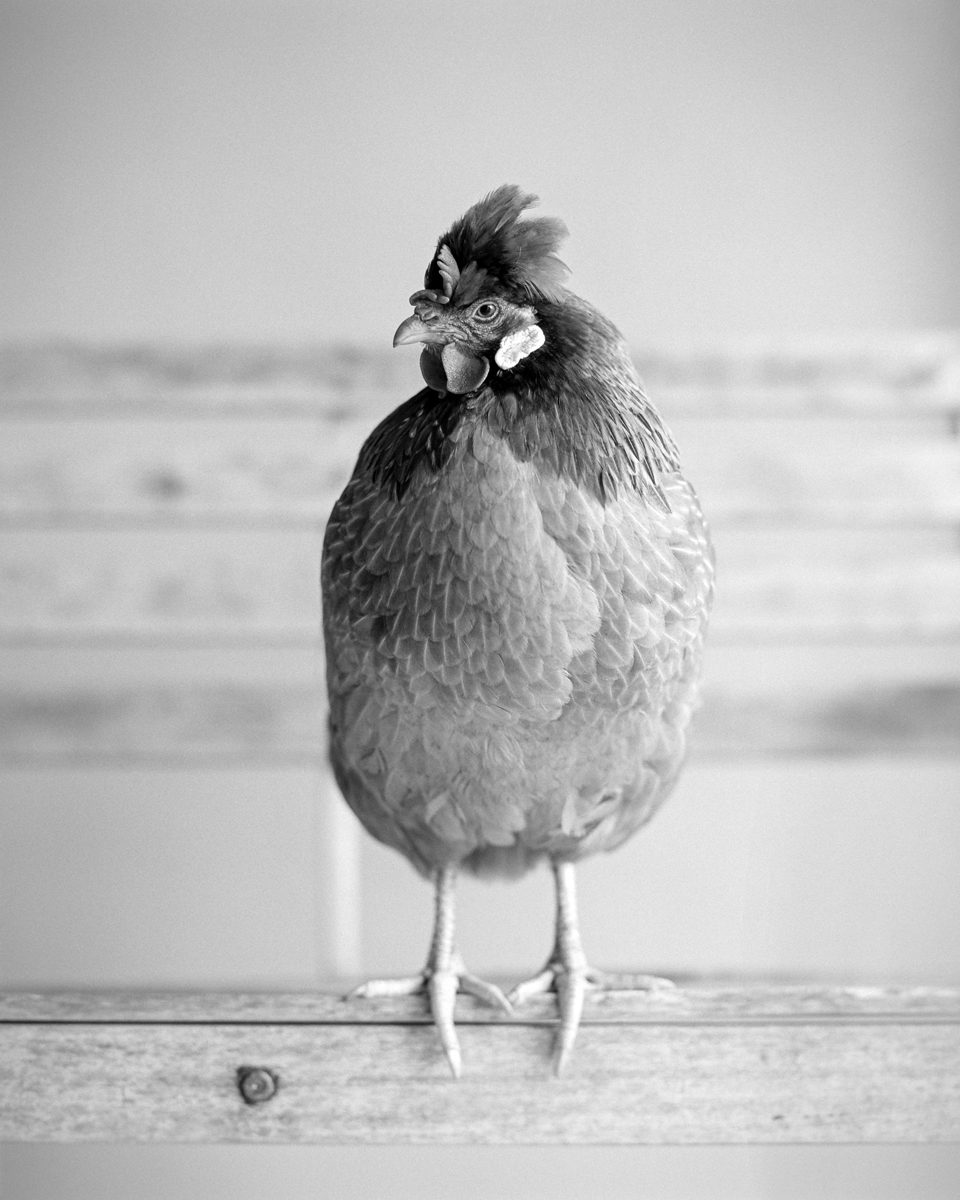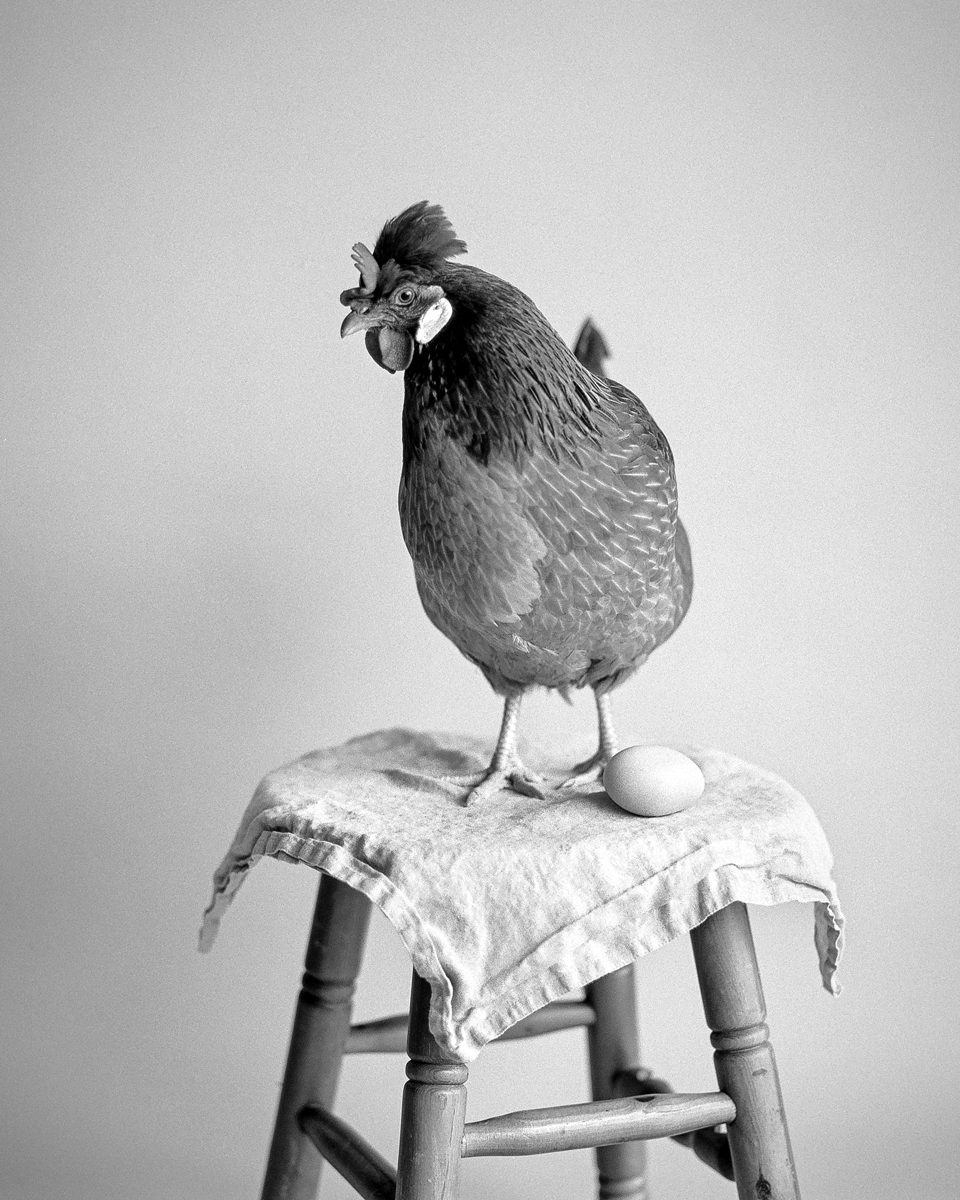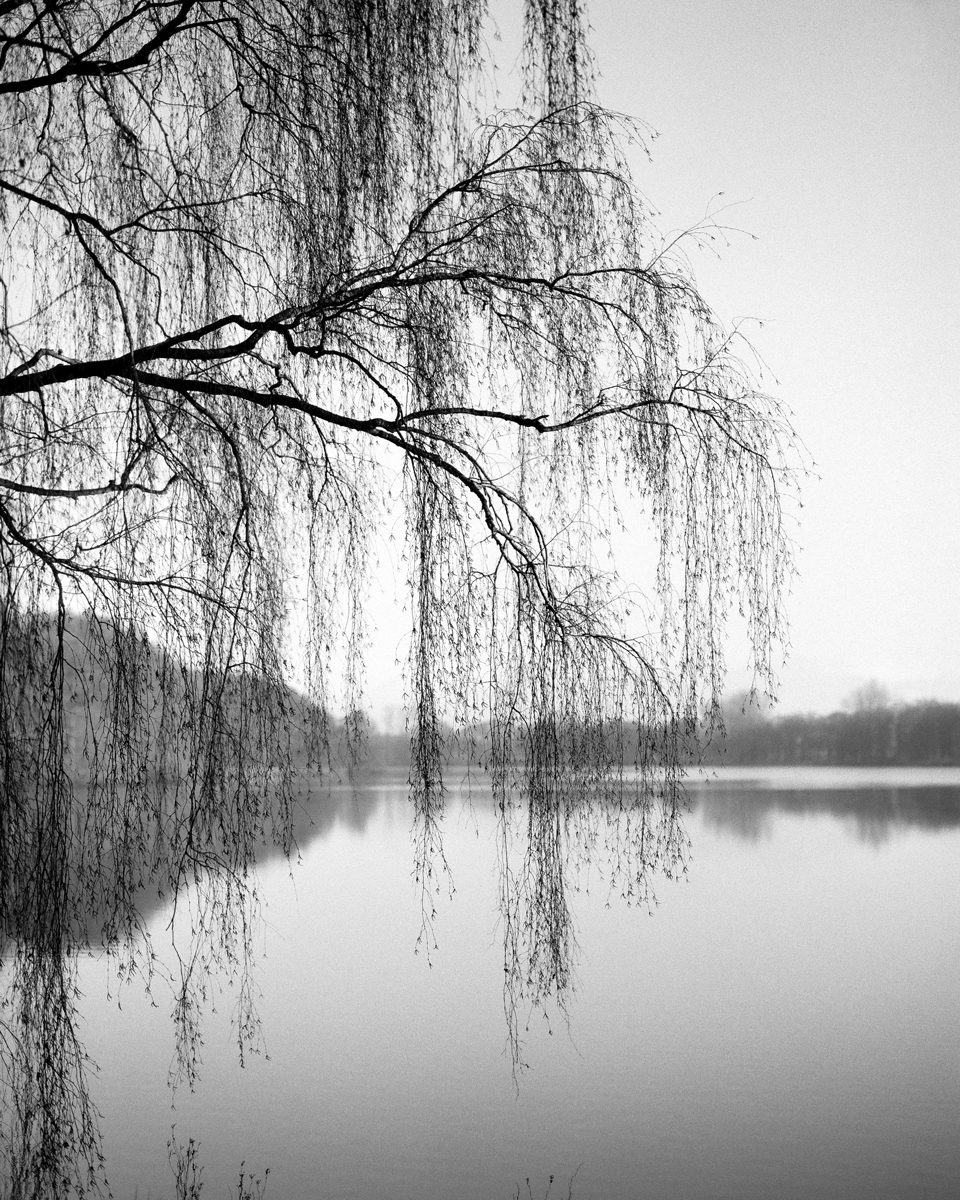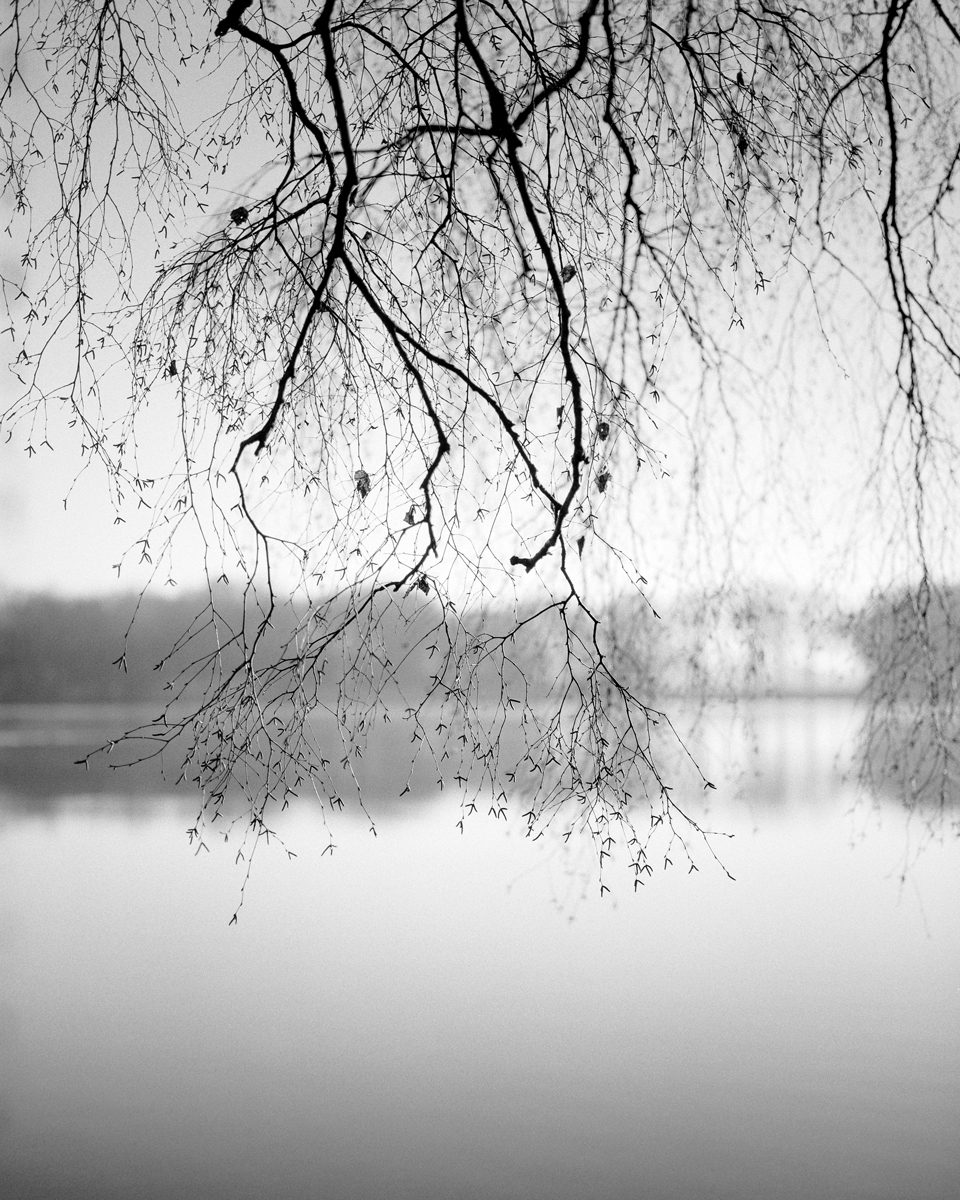All-in on film Posted On 9th July 2024 To Magazine & Stories

What would happen if I dedicated myself entirely to film photography?
More then a year ago I had this idea in my head. What would happen if I dedicated myself entirely to film photography? After 10 years of being a sidekick to my creative output, I felt the need to give more attention to my analogue passion and the desire to change my creative habits. To challenge myself. To no longer rely on the vague promise of the digital safety net of mass storage and a camera screen that promises instant judgement of success or failure. Would it improve my photographic skills? Could it add more artistic value to my photography?
In the beginning
I first saw silver halide crystals work their magic at the age of 15 and have been fascinated ever since. I was lucky enough to attend a school with an old darkroom. During my studies I returned to the red light and the soft, sulphurous smell that greets you when you enter the darkroom. In the beginning, I used shoeboxes to build Camera Obscuras and developed the paper negatives in my makeshift basement darkroom. How could I ever forget what it felt like to hold my first self-developed film (a 35 mm roll of HP5 plus) in my hands in 2013. One of my favourite shots to this day is on that roll.
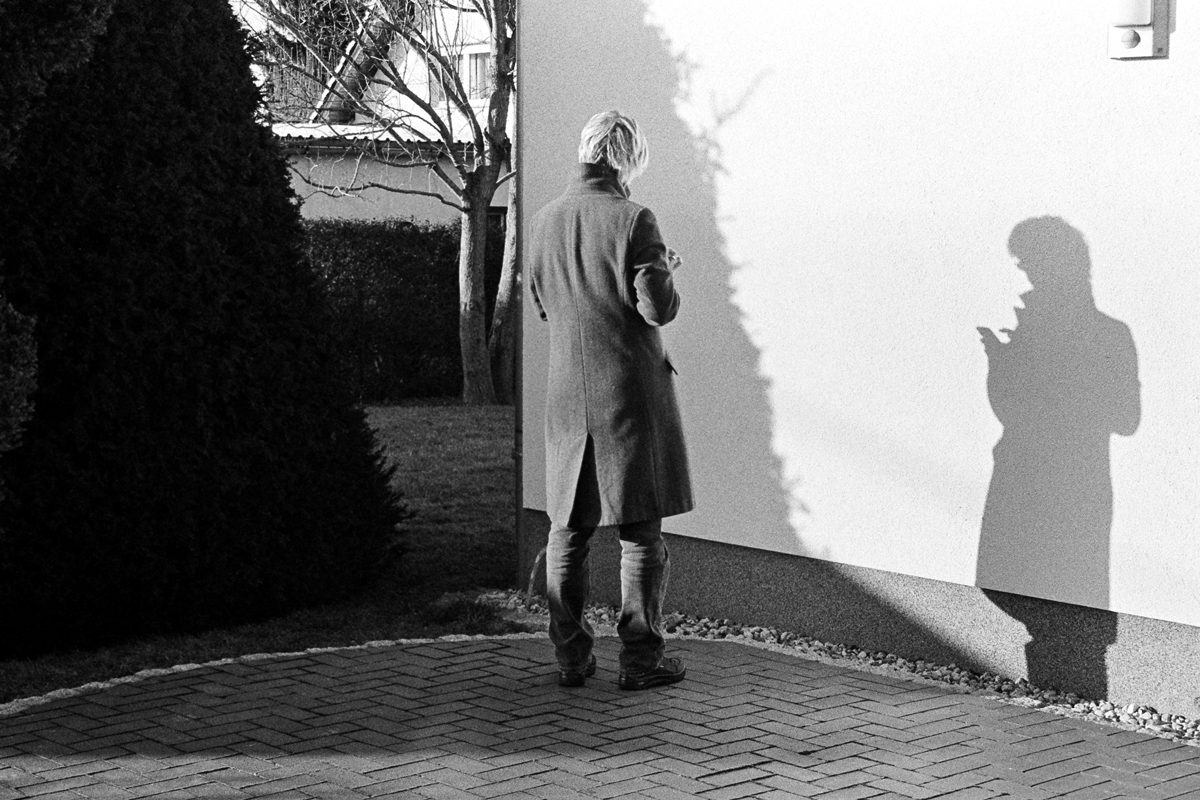
HP5+
I decided in the summer of 2022 to shoot film exclusively from now on
But starting a family and having children made time scarce. I have always shot film alongside my digital photography. But because my creativity somehow felt buried and drained, I decided in the summer of 2022 to shoot film exclusively from now on. For most people, shooting film means first and foremost slowing down the creative process. But for me it was also a filtering and crystallisation of my creative output and a welcome reduction to the essential tools and craftsmanship of photography. 95% of my work is done on medium format film with my beloved Mamiya RZ67, which I bought 10 years ago. The weight and size of this camera is more than beastly, but somehow it has stuck with me over the years and I absolutely love the large 4:5 ratio negatives it produces. For some reason I still only shoot with the 110 mm lens (which is equivalent to a 53 mm lens on 35 mm film). So, apart from my decision to shoot only on film, these other limitations of my camera equipment allowed me to spur my creativity.
- Kentmere 100
- Kentmere 100
- Kentmere 100
Although I've done some colour photography this year, it's the black and white photos that have really burned their way into my heart. The timelessness and authenticity of black and white photography is remarkable. The photos I have taken on the Kentmere 100 in Austria are some of my favourites of the last few months.
- Kentmere 100
- Kentmere 100
My hen Miezi
Overall, I have found that I am more confident in my photography after this year. Whereas before I only had one or two shots per film that I really liked, now I have many more. There will always be room for technical errors, even a digital photographer can't avoid them. But I am just much happier with my work. It has also made me want to do more series in the future. I started a portrait series of my hen Miezi.
- Kentmere 400
- Kentmere 100
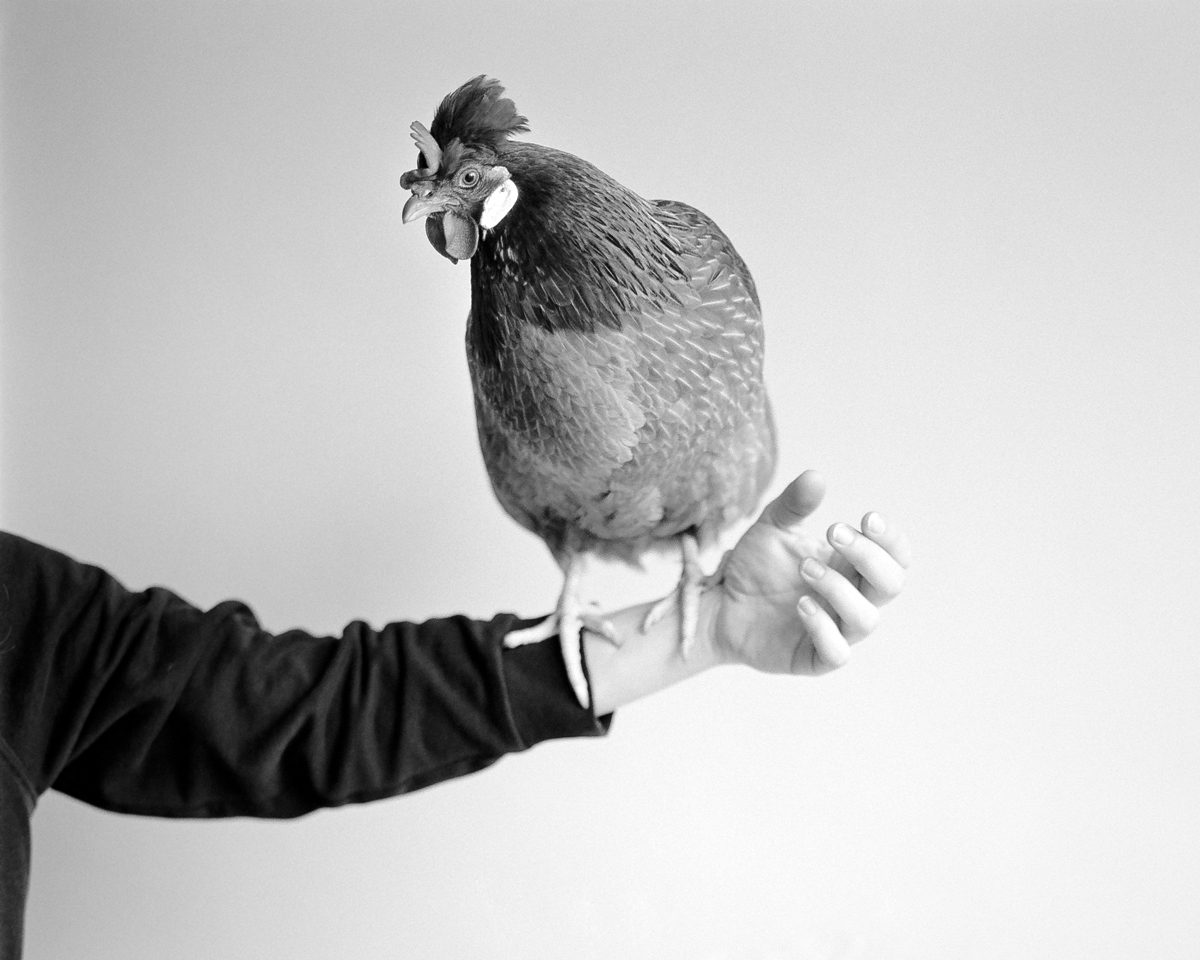
Kentmere 100
And since this year I have been visiting the same old oak tree (which I have named "Pretty Lady"). I have watched my "Pretty Lady" change with the seasons and after spending hours and hours in her presence, I think analogue photography has taught me patience and perseverance.
The photograph became meaningful to me
Although I used to make prints from my negatives from time to time, after this year it has become even more important for me to finally hold the results of this slow process in my hands. That's why I've recently started making fine art prints when I don't have time to make a real darkroom print. Now I feel that the photos I take deserve to be seen the way I felt the moment I released the shutter. Not just because they are technically accomplished or beautiful, but because they have become meaningful to me. Every step of the way to the finished print required my time and my decisions. Choosing the film, measuring the light with the external light meter, setting the aperture and shutter speed, checking the composition and focus through the waist-level viewfinder. Loading the film into the tank, choosing a developer, waiting for the film to dry, scanning and finally printing. It was through this slow process of creation and decision making that the photograph became meaningful to me. Finally, what really feels different to me now is that I can proudly and honestly call my photography art.
- Kentmere 100
- Kentmere 100
Images ©Maja Böcking
About The Author

Maja Böcking
I was born and raised in Brandenburg, East Germany. During my studies I set up my first darkroom in 2012. When I’m not photographing a wedding or a corporate event, I shoot landscapes and animal portraits. I currently live with my family in Lower Saxony in northern Germany.
– Master of Arts in art and media studies
– 2009 Group exhibition „Licht-Blicke – Aktuelle Positionen und ästhetische Experimente mit der
Camera Obscura“ Landesmuseum Oldenburg
Instagram: @foto.gunst
Website: www.majaboecking.com







